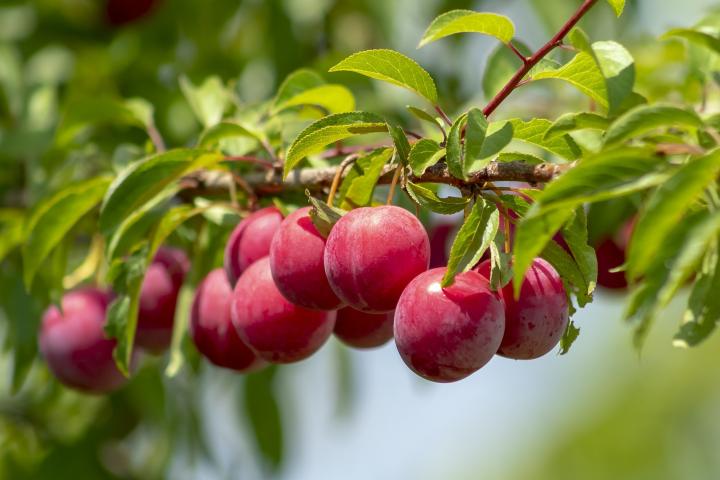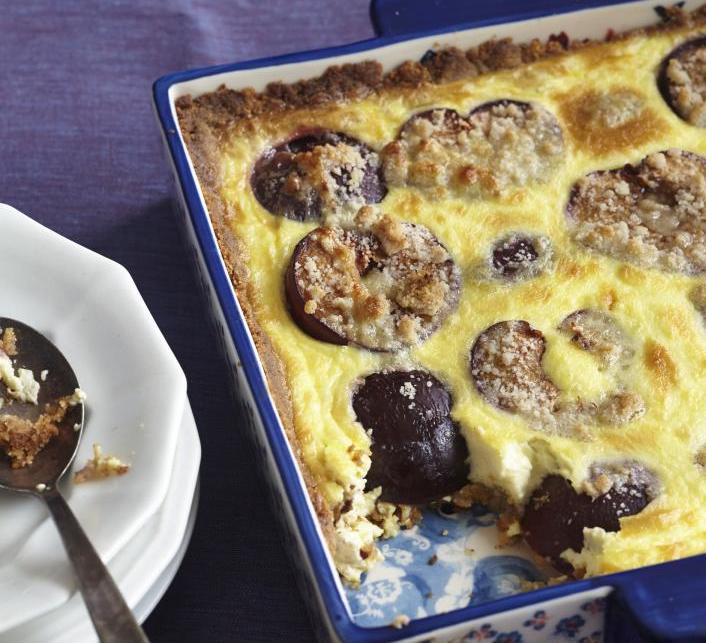
Planting, Growing, and Harvesting Plums
- Plums are great for making jams or jellies.
- Plums can also be stored through freezing or drying them (dried plums are prunes).
- One of our favorite plum recipes is this Heavenly Plum Kuchen.
ADVERTISEMENT
I don't know the type of plum tree i have, but it's rather large and produces a lot of plums. We have this black fungus that keeps growing on the branches every year. We have tried neam oil and neam pesticide, which have not worked.
I purchased a Hollywood variety for my Seattle area home, and now realize I need a 2nd variety for x-pollination. The next closest location for the 2nd tree would be about 100' away. Is that too far for an effective x-pollination sibling?
Thanks
The recommended maximum distance between plum trees is 50 feet, but as long as there are plenty of pollinators in your area, 100 feet shouldn’t be too far. You may just end up with fewer plums than ideal—but that’s better than no plums!
My Stanley Plum Tree dropped over half its unripened fruit in early July and then dropped more in August. It does not appear diseased. Is that a sign of lack of fertilizer or hot weather? Or some other reason?
Best time to plant











Comments